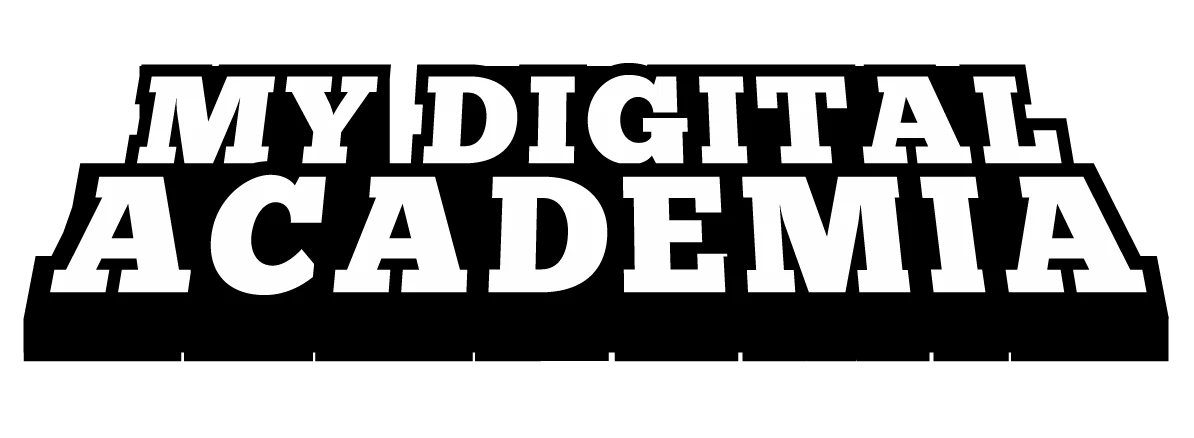Constructing high-quality backlinks remains a crucial component of improving your website’s rankings. While many SEO strategies focus on creating new content, it’s equally important to enhance the visibility of your existing content by building quality links. In this guide, we will explore the two vital steps to construct links for pre-existing content: recognizing keywords that your content could rank for and reverse-engineering your competitors to connect with appropriate websites.
Recognize Keywords That Your Content Could Rank For
To begin constructing links for pre-existing content, you must first identify the keywords that your content can effectively rank for. This process involves comprehensive keyword research. Here’s how you can do it:
1.1 Conduct Keyword Research:
- Use keyword research tools like Google Keyword Planner, SEMrush, Ahrefs, or Ubersuggest to identify relevant keywords related to your content.
- Focus on long-tail keywords as they are less competitive and can be easier to rank for.
1.2 Analyze Keyword Competition:
Examine the competition for each keyword you’ve identified. Look for keywords with moderate competition, as targeting highly competitive keywords may be challenging.
1.3 Select Target Keywords:
- Choose a set of target keywords that are both relevant to your content and have a reasonable level of competition.
- Prioritize keywords that are likely to bring valuable traffic to your website.
1.4 Optimize Your Content:
- Optimize your existing content for the selected target keywords by integrating them naturally into the text, headings, and meta tags.
- Ensure that the content provides value and addresses the needs of your audience.
To access further details regarding this part, click here ( SOP 011 )
Recognize and Reverse-Engineer your Competitors
The second step in constructing links for your pre-existing content involves identifying your competitors and reverse-engineering their strategies. Here’s how you can go about it:
2.1 Identify Competitors:
- Use SEO tools to find websites and pages that are ranking for the same target keywords as your content.
- Make a list of these competitors as they can serve as valuable sources of backlinks.
2.2 Analyze Competitor Backlinks:
- Utilize backlink analysis tools like Moz or Ahrefs to scrutinize your competitors’ backlink profiles.
- Identify websites and pages that are linking to your competitors’ content.
2.3 Connect with Appropriate Websites:
- Reach out to websites that are linking to your competitors and present your content as a relevant and valuable resource.
- Craft a personalized outreach email, highlighting the unique qualities of your content.
2.4 Diversify Link Sources:
While it’s beneficial to connect with websites that link to your competitors, don’t limit your link-building efforts to just one source.
Seek link-building opportunities through guest posting, broken link building, and local directories.
2.5 Monitor Your Progress:
- Regularly monitor your link-building efforts to measure their impact on your content’s rankings and traffic.
- Adjust your strategy as needed based on the outcomes.
For more details on how to carry out this part, please click here ( SOP 071 )
Constructing links for pre-existing content requires a strategic and data-driven approach. By recognizing keywords that your content can rank for and reverse-engineering your competitors, you can improve the visibility of your valuable content, drive organic traffic, and enhance your website’s authority in the eyes of search engines. Remember that the key to successful link building is to focus on quality rather than quantity, as high-quality backlinks will have a more significant impact on your SEO efforts. You can achieve your goal by joining My Digital Academia and following the guidelines in the link for more information and assistance:
Digital guideline: https://mydigitalacademia.com/en/digital-sop/digital-guidelines-013-how-to-construct-links-for-pre-existing-content/



